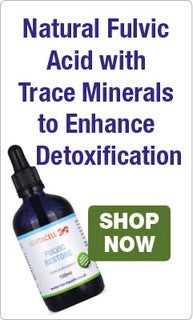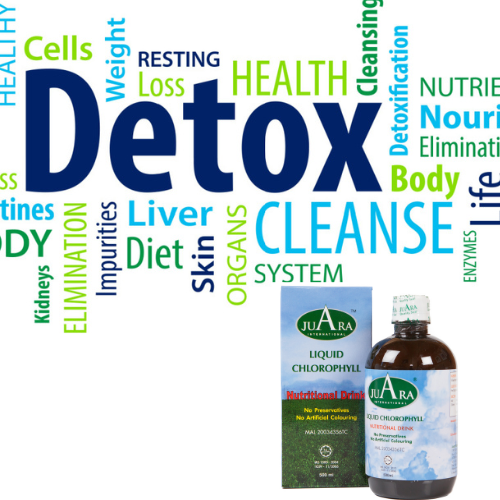When it comes to swimming, we’re aware of how chlorine can damage our skin and dry out our hair. The pungent odour is a harsh reminder of how toxic chlorine is.
Fish owners know that tap water contains toxic chemicals, in particular chloramine (a type of chlorine) that is extremely harmful to fish. However, we often fail to make the connection when it comes to our own health.
Sure, the government insists that chloramine is safe, and it does a brilliant job of ensuring that our tap water is not polluted by harmful microorganisms. But tap water has many dirty secrets that can impact our skin, hair and lungs, especially while bathing and showering.
Dermatitis, itchy scalp, sore eyes or skin rashes can occur due to the chlorine in the water. Chlorine essentially strips the hair and skin of nutrients, making it dry and brittle. Chloramine in water also produces disinfection byproducts (DBPs) that are toxic.
You could get water directly from a natural spring to avoid the chemicals that are added to tap water, but this is an unfeasible solution for most people. Thankfully there are ways to cleanse tap water and make it safer.
In this article, we’ll explore the chemicals that are found in tap water, if you can drink shower water, and five steps that you can take to make your water purer.
What Chemicals are in UK Tap Water?

Did you know that there are 330 man-made chemicals in UK tap water? Such as airborne contaminants from car fumes, plastics, and toxic factory emissions.
Rainwater gathers all of the toxins from the air and environment, including pesticides from farms and carries them downstream. Contraceptives, medications and cleaning fluids also find their way back into our water supplies.
Other than the chemicals that have sneaked into our tap water, there are the chemicals used at the water cleaning facility, such as:
- Liquified chlorine
- Fluorosilicic acid
- Aluminum sulphate
- Calcium hydroxide
- Sodium silicofluoride
Is There Chlorine in UK Tap Water?
In one word – YES! However, the levels are normally kept at a low level of 0.5mg/l or less. According to the World Health Organisation (WHO), the maximum allowed amount of chlorine in the water is 5 mg/l.
Chlorine is added to keep the water free of contaminants, especially as it travels through miles of pipes to get to your home. Interestingly, if you live close to the water treatment plant, you’ll have more chlorine in the water when compared to the water people get miles away. The same can be said for the concentration of other chemicals in the water.
According to the Environmental Protection Agency (EPA) most people don’t need to treat their tap water to make it safe. However, they do state that people who are “more vulnerable to the effects of waterborne illness” might require a shower filter, for example, the elderly or young babies.
This is also true for people who are particularly sensitive to chemicals.
PRO TIP: You can look up the amount of chlorine in your tap water if you live in England or Wales by checking out the reports published on the Drinking Water Inspectorate (DWI) website.
Is There Fluoride in UK Tap Water?
There has been a reduction in the amount of fluoride added to tap water in the UK. Currently, around 10% of the UK’s water treatment facilities still add fluoride.
Most European countries have banned the adding of fluoride to water. The only reason that it was added was allegedly to help prevent tooth decay. A Belgian spokesperson stated:
“…the fundamental position of the drinking water sector that it is not its task to deliver medicinal treatment to people”
Both chlorine and fluoride can kill people at high doses and can have a detrimental effect on your health. Taking steps to ensure that you use pure water both IN and ON your body is important choice for overall health.
Where Does Shower Water Come From?

Hot water used for showers and baths is often stored in a tank in the loft, and water that is not moving can get diseased.
Making sure that the water that you use to clean yourself is pure is something that people should insist on.
If you’re designing your house, it’s best that you use mains water in your shower. This normally means that you’ll need to install an electric shower that uses cold tap water. That way you’re using the cleanest type of water in your shower.
As your skin is the largest organ in the body, it’s important that extra measures are taken to ensure that it is not polluted with chemicals or harmful microorganisms.
Long lengths of pipe can also contaminate water with lead or other metals which can be deleterious to human health. Water can also stand in pipes and become contaminated, so ensuring that you run your tap before using the water for drinking or cleaning is important.
Is it Safe to Drink Shower Water?
People normally use a water filter for their drinking water and forget that their skin also absorbs the chemicals from tap water when bathing or showering.
If you want shower water that is pure enough to drink – you’ll need to add a filter to your shower head.
Related: Sorry, Did You Just Say There Are Hormones in My Tap Water?
5 Steps to Purify Shower Water
To make sure that your shower water is as safe as possible (safe enough for you to drink), follow these 5 steps:
- Invest in a high-quality shower filter
- Use an electric shower
- Use cold mains water in your shower
- Don’t use water that has been left in a storage tank
- Let the shower run for a minute before stepping in
Although tap water contains many contaminants, it’s possible to use high-quality water filters to make the water purer. Filters can be used for drinking water or showers, offering a convenient approach to water purification.
Written by best-selling author and integrative nutrition health coach Rowanna Watson, who has a passion for natural health. Rowanna is an expert in all areas of holistic health, plant-based nutrition, detoxification and personal development.
Water for Health Ltd began trading in 2007 with the goal of positively affecting the lives of many. We still retain that mission because we believe that proper hydration and nutrition can make a massive difference to people’s health and quality of life. Click here to find out more.




























Leave a comment